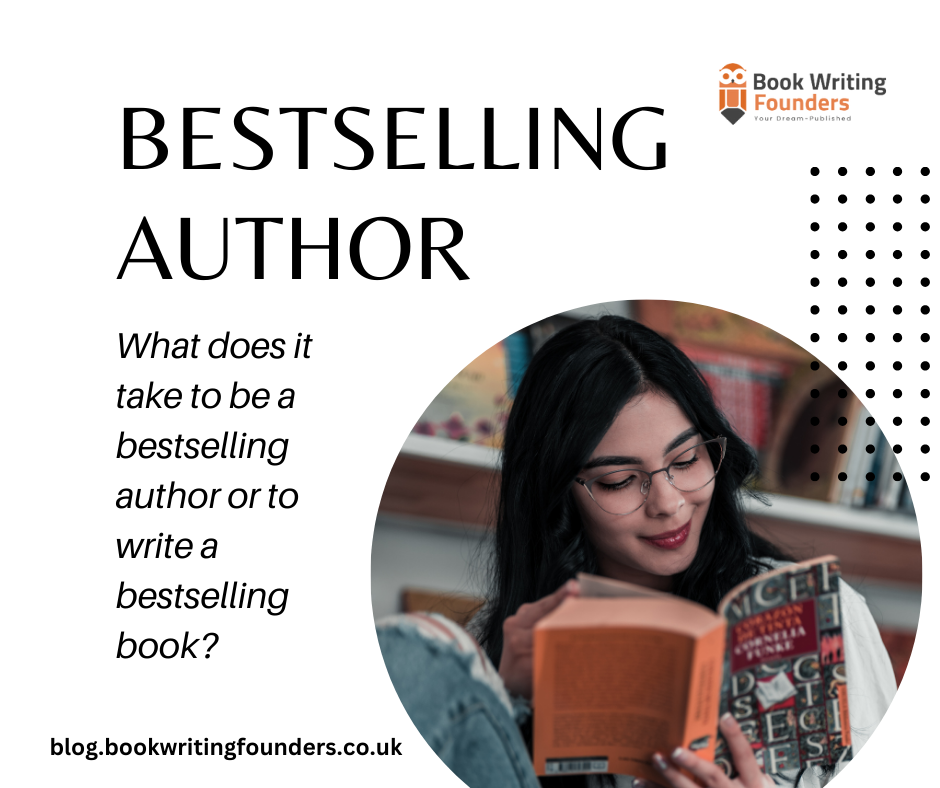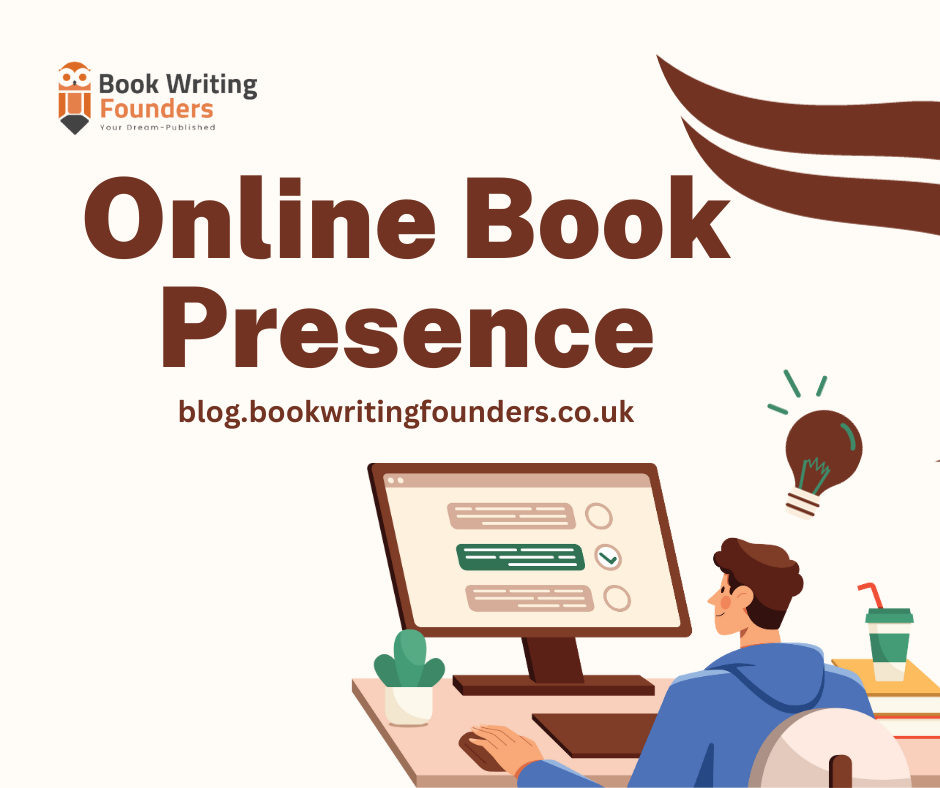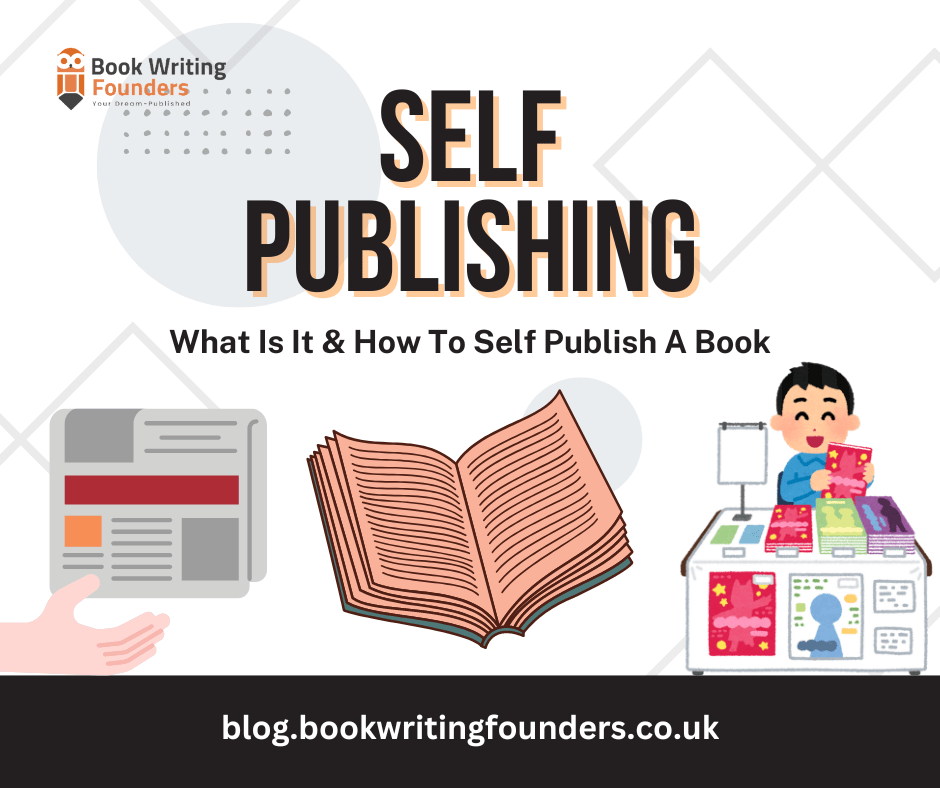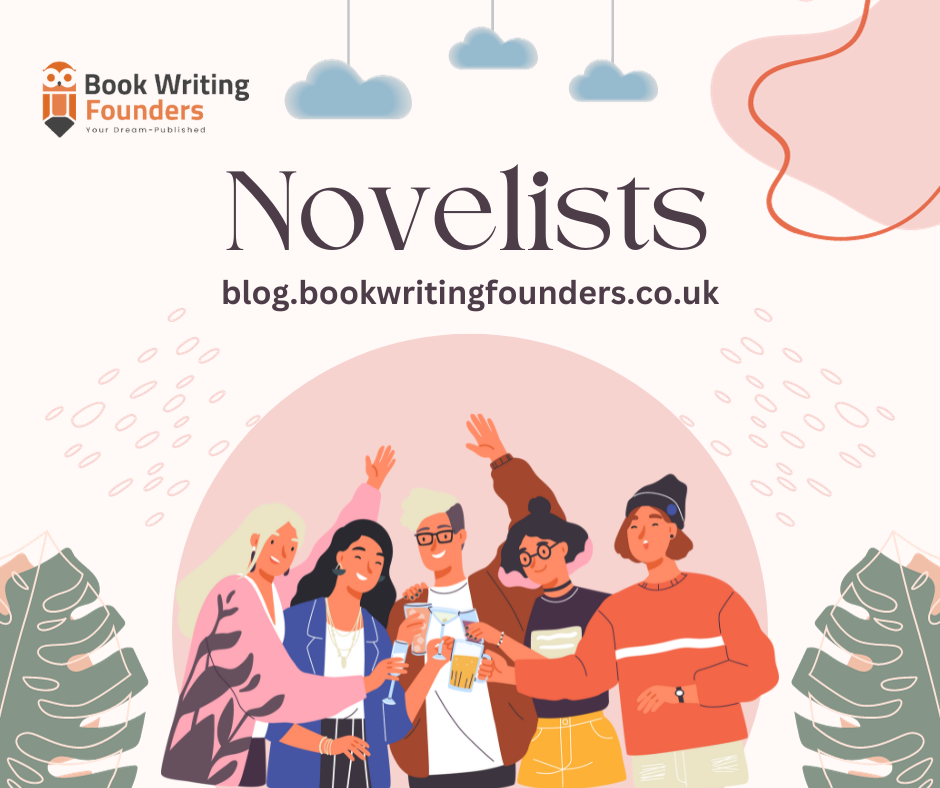
Marketing
Introduction
What does it take to be a bestselling author or to write a bestselling book? Every author dreams of seeing their book at the top of the New York Times bestseller list. But few achieve this lofty goal.
So, how do you beat the odds and write a book that flies off shelves? Successful authors say it takes passion, perseverance, and a strategic approach.
In this guide, we’ll reveal insights from bestselling authors on how to craft page-turning stories, build an eager audience, and launch books that stand out in a crowded market.
From developing bold ideas to mastering marketing and being success stories, we’ll explore the path to bestsellerdom.
Decide on Your Genre
One of the first steps to writing and becoming a bestselling author is to decide what genre you want to write in. Before typing away, research which genres are currently popular and selling well.
Some genres that are often bestsellers include mystery/thrillers, romance, science fiction/fantasy, business/finance, self-help, and memoirs.
Look at Amazon’s bestseller lists and check what’s trending on Goodreads. Read through the latest bestsellers in your chosen genre to understand what’s resonating with readers lately.
Determine if you want to stick closely to the conventions of a genre or try bending the rules. Your genre will inform important decisions like your book’s length, perspective, and characters.
Once you settle on a genre, you can dive deeper into understanding reader expectations.
Develop Your Idea
Coming up with a unique, gripping idea is one of the most important steps to writing a bestseller. The premise is the foundation on which the entire book is built. Bestselling authors emphasize the importance of brainstorming fresh, compelling premises that grab readers’ attention.
Develop an idea that excites you rather than jumping on the latest trend. Tap into your interests, perspectives, and experiences. Look for gaps in existing stories and build original ideas from the ground up. Take time to daydream and imagine all sorts of possibilities without limiting yourself.
Explore “what if” scenarios that disrupt expectations and breathe new life into tired genres. Twist clichés and play with conventions. Blend genres in unexpected ways. The weirder and more stimulating your idea, the better.
Don’t get stuck on one concept, either. Great authors generate lists of many ideas and hone in on the most promising ones. Treat idea generation as an ongoing brain exercise. You never know when inspiration might strike.
Create Authentic Characters
Creating authentic, complex characters that resonate with readers is one of the most important elements of writing a bestselling novel. The most compelling stories feature relatable, multidimensional characters that feel like real people to the reader. When crafting your characters, avoid stereotypes and make them as human and nuanced as possible.
Give each main character a distinct personality, background, motivation, strengths, flaws, quirks, and change over time. Make your characters experience real struggles, growth, and relationships. Readers want to feel invested in characters who are inspired by real life. Vivid characters take on their own life and connect deeply with readers.
Thoroughly develop not only your protagonist but also your secondary characters and villains. Every character should have clear motivations and add to the story, even in a minor role.
Write a Great Opening
The opening chapter of your book serves a vital purpose to hook readers and convince them to keep reading. As the saying goes, you never get a second chance to make a first impression. The opening sets the tone for the rest of the book and introduces the reader to your characters, writing style, and overall premise.
Many bestselling authors emphasize the importance of powerful, compelling openings that immediately draw you into the world of the book. Some tips for writing a great opening include:
- Start with an intriguing scene that raises questions and introduces conflict. Avoid lengthy backstories or dense worldbuilding.
- Introduce an interesting main character that readers can relate to. Reveal just enough to make readers want to know more.
- Begin at a pivotal moment, like when the inciting incident occurs and the protagonist’s world changes.
- Write a dynamic opening dialogue that reveals character personalities and relationships.
- Set the scene with vivid sensory details and descriptions that hook the reader.
- Open with an impactful event, like a dramatic action scene.
- Use voice, tone, and style to establish your authorial presence from page one.
- Find a great first line that draws the reader in and compels them to keep reading.\
- Structure the opening scene to end on a cliffhanger, teasing what’s to come.
The opening chapter is crucial for real estate. Use it wisely to capture readers’ attention and make them eager to turn the page. A strong opening can distinguish between a book that sells and one that doesn’t.
Pace Your Plot
The pace of your plot is crucial for keeping readers engaged from start to finish. A common mistake many authors make is failing to balance action, drama, and suspense properly throughout the book. The plot risks becoming boring with too many slow parts without movement. On the flip side, nonstop action with no substance quickly becomes exhausting.
Experts recommend structuring your plot with fast-paced, dramatic scenes and slower sections where characters reflect and relationships develop. Insert cliffhangers, surprises, and escalating stakes to maintain suspense.
Don’t reveal answers and plot twists too quickly. Allow tensions to build so the payoffs feel earned. Alternate between external action and internal turmoil to create multidimensional momentum.
Revise Tirelessly
One of the most important steps to becoming a bestselling author is to revise your work tirelessly before you get book published.
Before you submit your manuscript, be sure to edit it thoroughly multiple times. Read it forward and backward. Print it out and edit it on paper. Take breaks between revisions to look at your writing with fresh eyes.
Get feedback from critique partners, beta readers, or a professional editor. Be open to making major story changes if needed. Don’t rush the revision process or submit it too early.
Hire a Good Editor
Hiring a good editor is one of the most important steps to bestsellerdom. An experienced editor from a reputable company like the Book Writing Founders UK or others will help you shape your story and characters.
They’ll catch inconsistencies, tighten your pacing, strengthen your dialogue, and ensure your plot flows seamlessly. The best editors do far more than correct typos and grammar mistakes. They analyze your work on a deep level to help bring out your unique authorial voice.
Invest the time and money to work with someone who will lift your manuscript to the next level. With their guidance, you’ll transform your raw writing into a sharp, compelling read worthy of bestseller status.
Market Smartly
Marketing is a crucial part of becoming a bestselling author. You must find ways to get your book in front of readers and build buzz around the launch. Some smart marketing tactics include:
Use social media frequently leading up to your launch date. Share excerpts, quotes, cover reveals, and teasers to start engaging your existing followers. Ask them to help spread the word.
Look for promotional opportunities like blog tours, guest posts, podcast interviews, and book signings/readings at bookstores. These partnerships expand your reach.
Create video book trailers and ads to share online. Short videos can garner interest and views. Purchase inexpensive social media ads targeted to your ideal reader.
Launch team programs to enlist readers to get early copies and leave reviews immediately. Reviews are powerful for credibility.
Submit your book for awards and endorsed by reputable organizations. Their logos on the cover lend prestige.
Register the title early on Amazon and other major retailers so the book page exists before release.
Don’t forget press releases and media kits. Contact relevant publications and blogs for potential reviews, interviews, and features.
Conclusion:
The path to publication will likely be filled with challenges. You may face writer’s block, plot problems, or slow manuscript progress. Understanding these difficulties is normal, even for the most successful authors.
Have patience, keep writing regularly even when difficult, and don’t be afraid to step back from a manuscript for a time if you feel stuck. With commitment and perseverance, you can overcome these hurdles.
Even after publication, the path does not get easier. Your book still needs to find its audience. You may deal with negative reviews, disappointing sales, or obstacles in book promotion. Remember that these, too, are normal and part of the journey.
Stay determined to bring your book to readers, keep writing, and have faith that your hard work will pay off over time. Every great author faced difficulties, but their persistence in the face of challenges made them successful. If writing is your passion, then keep chasing your dream.





